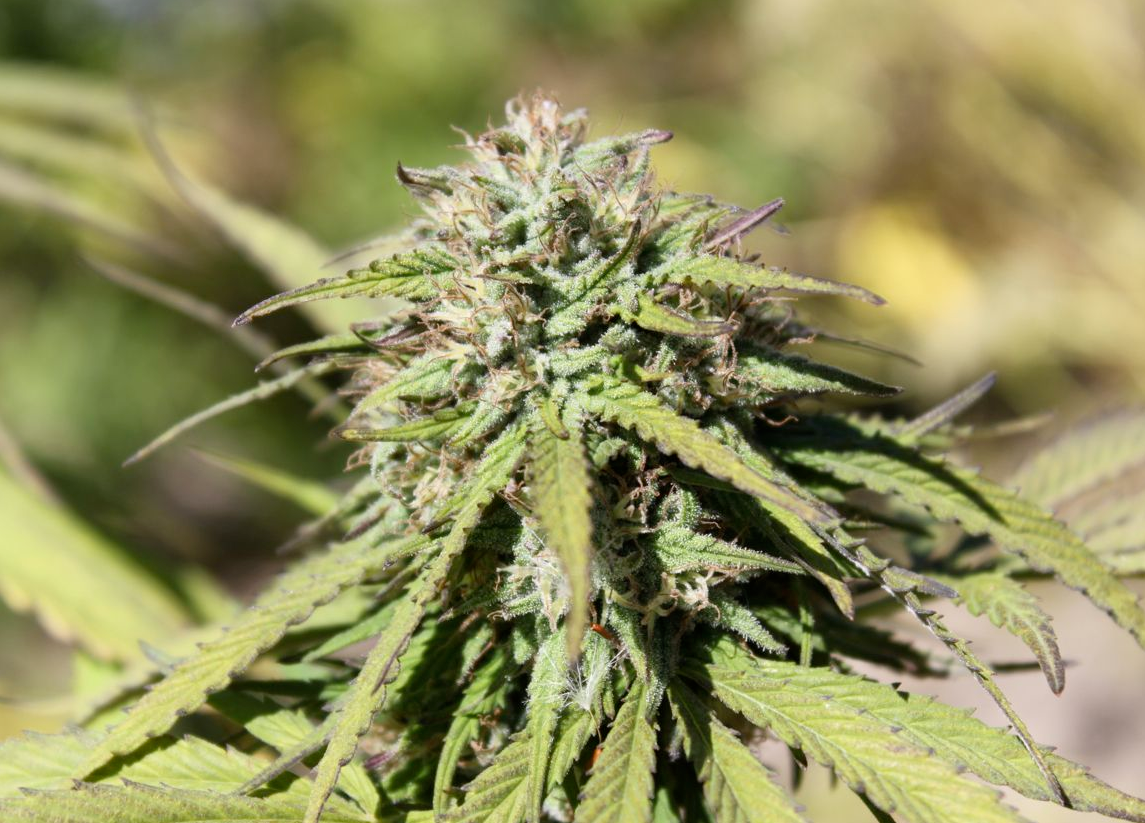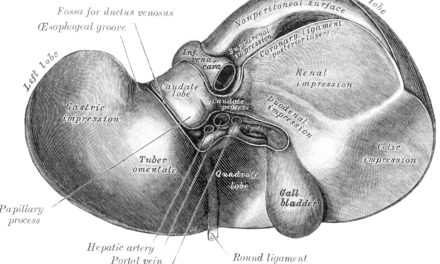• Kristin Nevedal forwards a piece from cancer health that suggests, “Changing gut bacteria to improve treatment response may be the next frontier in immunotherapy.”
Retro Message: The microbiome is on its way to becoming a common household word, right up there with CBD. Until the late 1980s medical students were taught that no bacteria could survive in the acid environment of the stomach. This axiom was more than the conventional wisdom; it was The Truth as established by capital-S Science and capital-M Medicine. Then an Australian MD named Barry Marshall showed that H.Pylori was present —and was a source of ulcers and perhaps cancers. In 1993 The New Yorker in 1993 ran an excellent account of Marshall’s breakthrough by Terence Monmaney. Note that Marshall adopted the old-fashioned approach to medical research, experimenting on himself. He even developed an ulcer.
Today, as the medical establishment continues to disrespect clinical evidence re cannabis, we should bear in mind their profound wrongness regarding bacteria in the gut. —FG
• Medical cannabis users reported substituting cannabis for pain medications.• User rationale for substitution was fewer side effects and better pain management.• Most users reported improved pain and health since using cannabis.• Intentions behind and duration of cannabis use affected substitution behavior.• Unlike previous studies, >50% of participants were women and adults >50 years old.Chronic pain is common, costly, and challenging to treat. Many individuals with chronic pain have turned to cannabis as an alternative form of pain management. We report results from an ongoing, online survey of medical cannabis users with chronic pain nationwide about how cannabis affects pain management, health, and pain medication use. We also examined whether and how these parameters were affected by concomitant recreational use, and duration of use (novice: <1 year vs experienced: ≥1 year). There were 1,321 participants (59% female, 54% ≥50 years old) who completed the survey. Consistent with other observational studies, approximately 80% reported substituting cannabis for traditional pain medications (53% for opioids, 22% for benzodiazepines), citing fewer side effects and better symptom management as their rationale for doing so. Medical-only users were older (52 vs 47 years old; P < .0001), less likely to drink alcohol (66% vs 79%, P < .0001), and more likely to be currently taking opioids (21% vs 11%, P < .0001) than users with a combined recreational and medical history. Compared with novice users, experienced users were more likely to be male (64% vs 58%; P < .0001), take no concomitant pain medications (43% vs 30%), and report improved health (74% vs 67%; P = .004) with use. Given that chronic pain is the most common reason for obtaining a medical cannabis license, these results highlight clinically important differences among the changing population of medical cannabis users. More research is needed to better understand effective pain management regimens for medical cannabis users.
Perspective: This article presents results that confirm previous clinical studies suggesting that cannabis may be an effective analgesic and potential opioid substitute. Participants reported improved pain, health, and fewer side effects as rationale for substituting. This article highlights how use duration and intentions for use affect reported treatment and substitution effects.
• From Stephen R. Robinson, MD
The Wall St. Journal’s Jonathan Randles reported June 22, 2019, that Marijuana Ties Are Hurting More Filers in Bankruptcy Courts.





